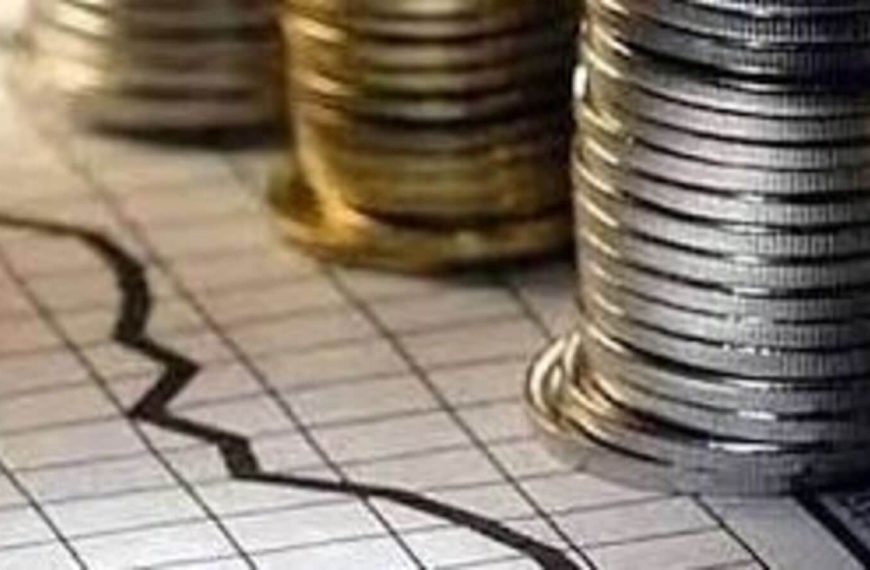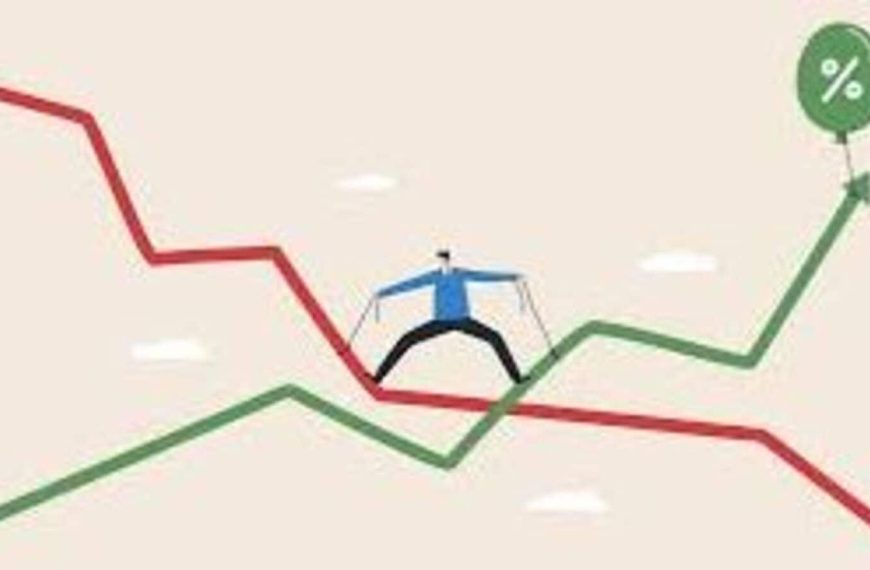In a significant statement, Rajiv Bhatia, a prominent fellow at Gateway House and a seasoned diplomat, articulated that the message from New Delhi to Washington is clear: India is eager to establish a mutually advantageous agreement with the United States. With extensive experience as a former ambassador to various nations, including Myanmar and Mexico, Bhatia emphasized the strategic economic choice India has made in seeking a bilateral agreement that could yield benefits for both the world’s largest economy and its fastest-growing counterpart.
India’s Confidence in Negotiations
Bhatia expressed his optimism that India’s interests would remain protected throughout the negotiation process. He stated, “India approaches this with confidence and maturity, fully aware of the global shifts. We are determined to navigate these changes to ensure our political and economic interests are safeguarded.”
- Global Economic Landscape: The current global economic framework, established post-World War II, is being reevaluated as countries adopt more protectionist trade strategies, challenging the advancements made through globalization.
- Trump’s Trade Policies: Bhatia highlighted the importance of taking former President Donald Trump’s adjustments to U.S. trade agreements seriously, urging against the demonization of his leadership.
Rethinking Economic Measurements
Former commerce secretary Anup Wadhawan echoed this sentiment, critiquing Trump’s narrow focus on goods trade surplus as a measure of national success. He remarked, “The rhetoric surrounding goods trade is misleading. The strength of the U.S. economy extends far beyond tangible goods.” Wadhawan pointed out that the U.S. economy has evolved into a services-oriented market, emphasizing the dominance of major tech companies like Microsoft, Amazon, Facebook, and Google, which generate substantial revenue internationally.
The Global Tech Economy
Wadhawan further noted that American tech giants have established a significant global footprint, often negotiating agreements that favor corporate interests over those of the host nations. He contended that the World Trade Organization (WTO) was designed to empower developing countries but has fallen short in addressing the disparities between developed and developing economies.
- Economic Equity: “America’s challenges stem not from exploitation by other nations but from its own internal inequities. This realization will be crucial moving forward,” Wadhawan stated.
Tariffs and Economic Reform in India
As India navigates trade discussions with the U.S., Bhatia discussed the complex perception of tariffs within the country. He noted, “Tariffs are viewed by many as a vital chance to reform our economy.” He suggested that India could enhance its product competitiveness by aligning tariff levels with those of ASEAN countries.
- Budget Implications: This perspective aligns with remarks made by Union Finance Minister Nirmala Sitharaman in her FY26 budget speech, emphasizing that bolstering domestic manufacturing and global competitiveness will be pivotal for India’s economic growth in the coming years.
Navigating Relations with China
Alongside negotiations with the U.S., India is also working to redefine its relationship with China. Bhatia acknowledged the complexities of India-China ties, noting that while efforts are underway to improve relations, the traditional notion of “Hindi Chini bhai bhai” is unlikely to resurface.
- Geopolitical Factors: He stated, “There is an American influence in India-China relations, just as China plays a role in India-America dynamics. Serious negotiations are in progress, and there is hope for positive developments ahead.”
The ongoing dialogue between India and the U.S. could pave the way for a transformative trade relationship, while simultaneously addressing challenges on the global stage. As these negotiations unfold, the implications for both nations—and their economic strategies—are profound.









